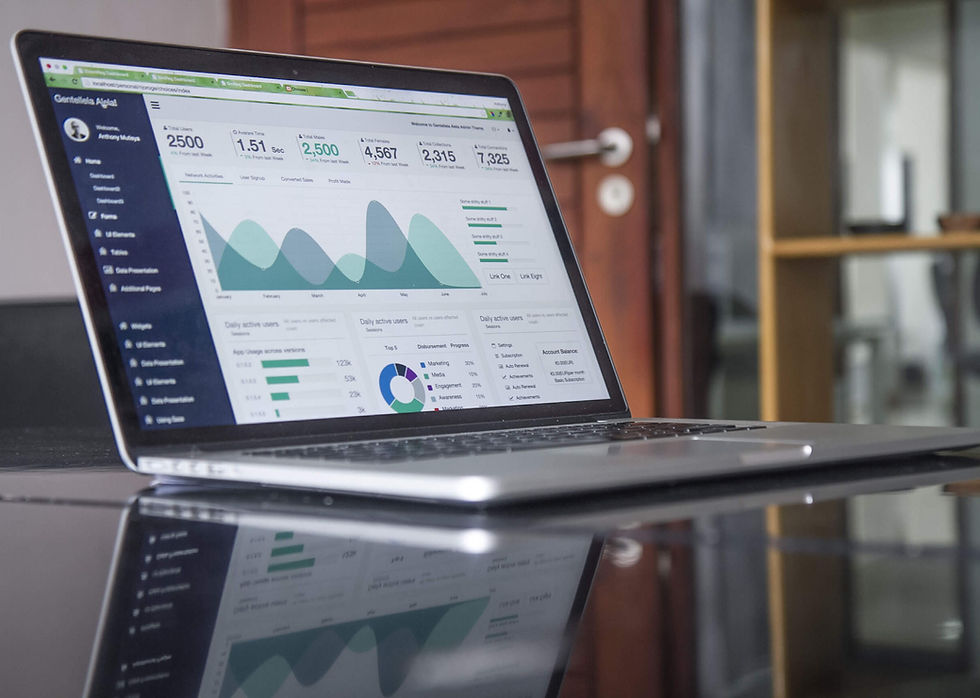Steps to Data Standardization
- Network ESC
- Sep 17, 2020
- 1 min read
Updated: Sep 28, 2020

There are a number of different ways to approach data standardization, but it comes down to being proactive toward the data that’s going into your CRM system. Ensuring the accuracy and integrity of the information is crucial so that is why businesses should be cleaning data either prior to migrations and campaigns or, at that initial point of entry within the CRM system.
For example, if you’re capturing data from a web form then you want to know what data is being collected and how it's being collected. There are forms that can have open text fields, multiple-choice options, and pull responses into a spreadsheet or CRM system. Understanding where and how this data is collected helps determine whether normalization is needed. Data categories that describe the buyer persona or impact business processes are the best candidates for normalization. Translating data into standardized lists gives businesses the ability to take actions that otherwise would be difficult to do properly. Some common choices for normalization are job titles, industries, locations, and addresses.
A normalization matrix helps map data to your business' standard data values. Start with a value that’s important to your organization. Don’t expect perfection right away as data normalization is an ongoing process for improving data hygiene over time. Individual “hiccups” can be separated out for a manual follow-up, but the normalization process can significantly reduce the manual effort needed.

If you would like to learn more about how Network ESC can help with your business' Data Science & Business Analytics reach out to us today!




Comments